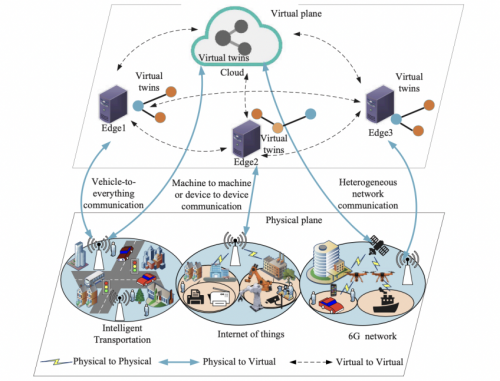Introduction to Edge Computing
Introduction to Edge Computing
Edge computing was developed to address the challenges of cloud computing, such as slow response times, security risks, and the overwhelming data traffic caused by the increasing number of internet-connected smart devices. By processing data closer to its source instead of relying on distant cloud servers, edge computing ensures faster and more efficient performance.

With the rise of the Internet of Things (IoT) in the early 2000s, experts predicted that by 2019, a significant share of IoT data would be processed at the edge rather than in centralized cloud data centers. This shift was driven by the need for rapid responses in applications like self-driving cars and smart cities, where even minor delays could have serious consequences. Unlike traditional cloud computing, edge computing enhances security, reduces latency, and processes data locally, relieving pressure on the internet while improving overall efficiency. As technology continues to evolve, edge computing plays a crucial role in enabling faster, safer, and more reliable digital experiences.
1.1 What is Edge Computing?
1.2 Why we need Edge Computing?
1.3 Edge Computing application Domains and Typical Applications
Edge computing processes data closer to the source, reducing latency, bandwidth usage, and reliance on cloud computing. This approach is transforming various industries by enabling real-time analytics, automation, and enhanced decision-making. Below is a detailed explanation of each domain and how edge computing is applied within them.